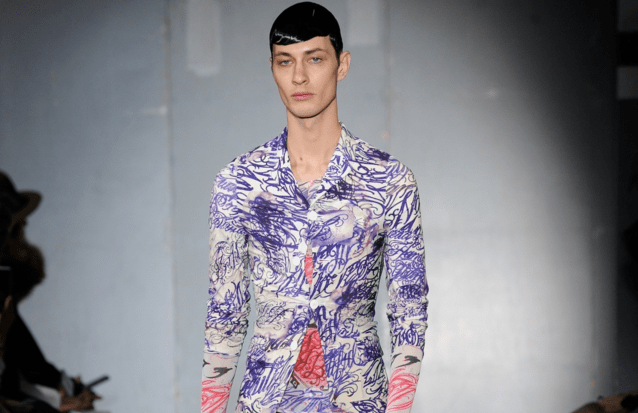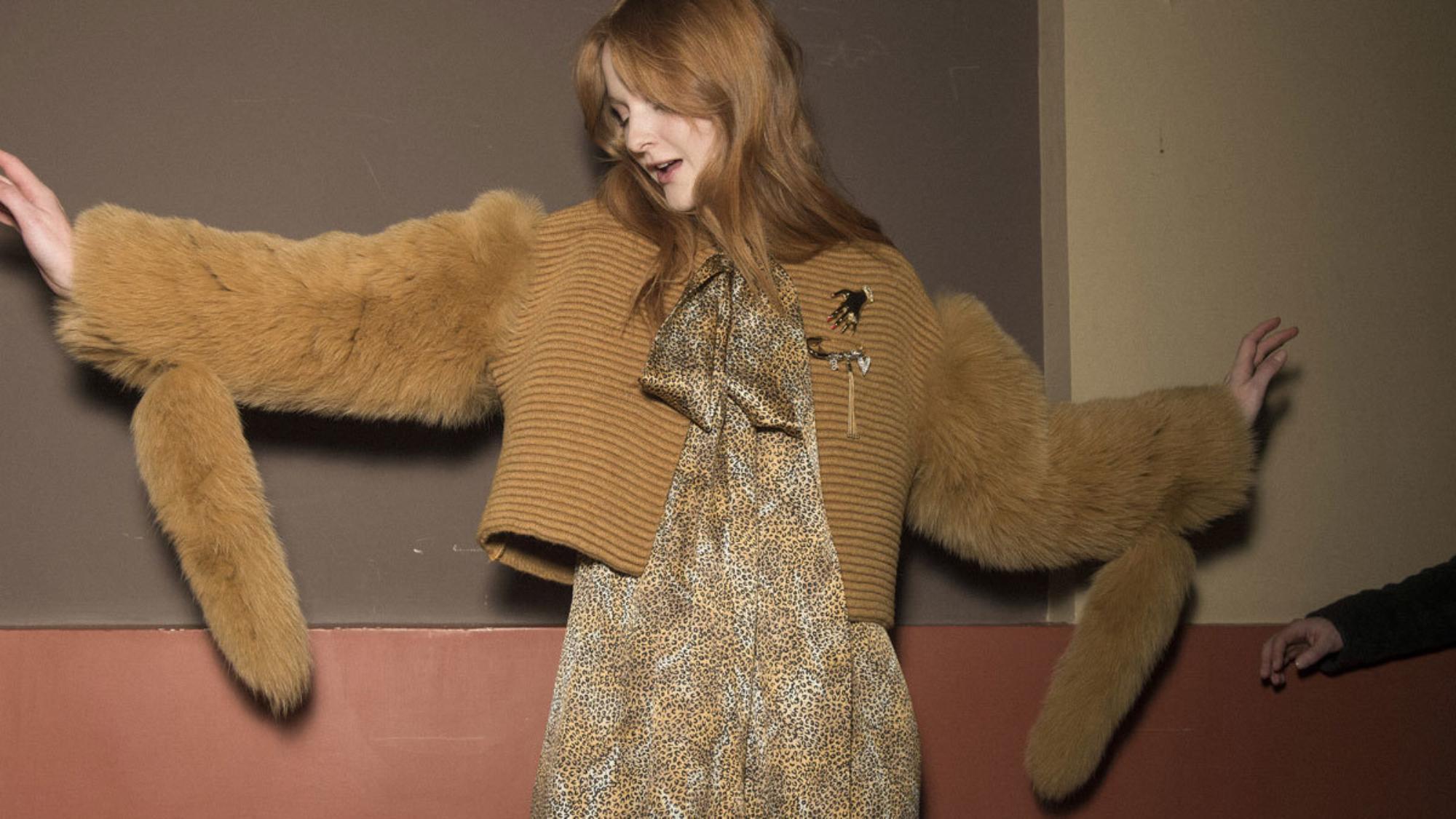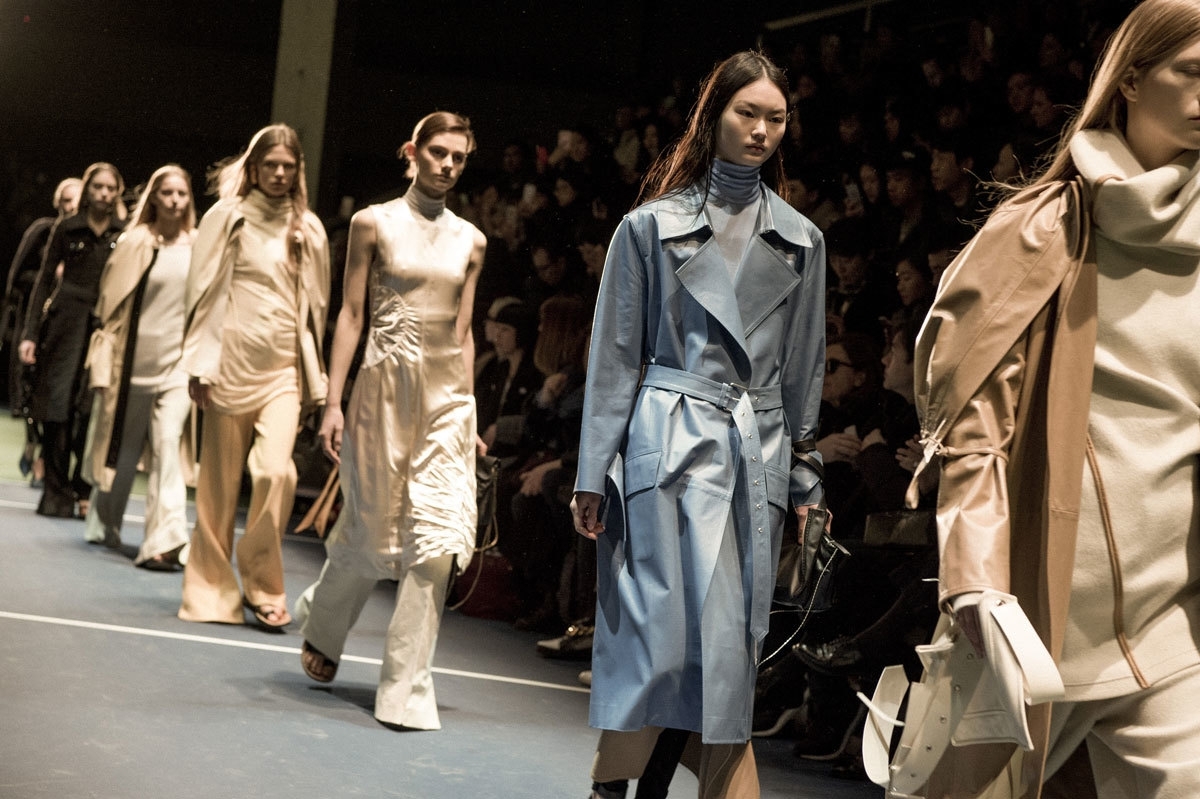Since we were kids we’ve been lambasted for blowing our whole paycheck on clothes. As anyone who has chosen retail over rent knows, fabric isn’t always a totally sound financial decision. Or at least that was the thinking prior to January this year, when it was reported that a Hermès Birkin was a better investment than gold. Suddenly our bulging wardrobes looked less like cash quagmires and more like retirement funds.
But any good investment involves research, consideration and a lot of patience. If you’re planning on building your savings out of bags, shoes and clothes you’re going to have to learn what you’re doing. Smart spending isn’t always about love, but carefully studying the market, trends and consumer behaviours. And then probably putting your prizes away for a very long time.
To get a better grip on the ultimate “investment pieces” i-D spoke to several people who have made a living out of their archives. The positive news is there is money is shopping, you just need to be really, really good at it.

Yes, Some Items Will Go Up In Price
First thing’s first, not all garments and accessories devalue at the close of the season. The ones that become valuable pieces of a brand’s history are rare, so be careful when packing something away expecting it to transform into a diamond.
Clare Ferra from vintage designer retailer IRRÉVERSIBLE explained to i-D that pieces can increase in value in two ways: “First there is the natural raise in price that is going to happen with any collectible vintage piece”. Anything that starts life as a rare item will retain value if you can make sure it remains in good condition. But she has also noticed how vintage pieces can see a spike in price when they return to public consciousness. For example, she notes that although Gianni Versace‘s safety pin dress has been iconic since Liz Hurley poured herself into it in the 90s, when Lady Gaga wore it in in 2012 it saw another noticeable jump in infamy.
Additionally, if an item is part of a larger narrative it can also be assured to remain special. Shifting Worlds’ Lauren Urquhart (who formerly ran vintage store Archive) adds that collaborative pieces between a designer and an artist are smart buys because the pieces have “assorted values” as they belong to the art and fashion worlds. Louis Vuitton’s collaborations with Takashi Murakami and Yayoi Kusama are perfect examples.

Are Accessories Always Best?
The argument for putting your money into accessories is pretty straightforward: they’re easier to store, size is less of a restriction and buyers are more inclined to spend big on a vintage piece they can wear everyday. But be a little more careful when purchasing a popular designer shoe.
While Margiela Tabis and Saint Laurent Cage Boots may remain in the public consciousness, they’re not always easy to sell on. Clare has observed that not only do shoes sustain more visible and immediate damage than clothes, they are also less forgiving in size, “Clothes have a bit more leeway with who can wear them, whereas shoe sizes are quite specific. You can’t really wear a size up in a shoe”.

“It” Pieces Pay
There will always be a lot of nice black pants and white shirts, but special extravagant designer pieces are rare and will thus increase in value over time. Also, remember today’s designers are constantly referencing iconic moments from their own archives. If a designer revisits a style and you own the original, you suddenly have a very fashionable piece of history that has become a heritage garment.
But even if a design isn’t revisited, anything outlandish will hold people’s attention. “I definitely look specifically for pieces with a sense of novelty or fun about them”, reflects Clare. “I also jump on ‘conversation starters’.”

Just Because it isn’t Immediately Popular Doesn’t Mean it Won’t Be
Lauren says that when looking at clothes to invest in, it’s about quality and design—plus “this element of that certain Je ne sais quoi. As a buyer you need to be tapping into the future moments”. Even if something isn’t setting the world on fire as soon as it hits the runway, she says sometimes you need to “just know that in time that the work will be received and it’s language understood. You hope.” In other words, trust your gut—people can miss those special moments that you’ve caught, only to find them years later.

Real Returns Take (a Lot) of Time
For a piece to really give you a nice return, you’ll probably have to hold onto it for more than a season. Clare reflects that it usually takes 10 years for a piece to comfortably move from being seen as second-hand to vintage or collectable.
In some cases you might not have to wait so long, but the piece will need to be extraordinarily popular. Stylist, collector and founder of Facebook shopping destination Ppenny Lane, Ruken Elif comments that if a piece is especially coveted and sells out it “you can sell it immediately higher than RRP (recommended retail price)”, but warns, “the minute an item has gone on sale, you’ll be lucky to get anywhere near RRP.” If you’re luckily, that item will sell out well before it has time to hit the sale racks. This tends to happen with popular streetwear. Gosha Rubchinskiy pieces have an immediate resale value much higher than their RRP, because they tend to sell out fast. The same go for exciting Supreme collaborations, and the more iconic Vetements pieces—the black hoodie worn by Kanye West and Rihanna will immediately get you a sweet return.
As a rule Lauren has learned that “shoes generally devalue first, unless they are a pair of rare or limited edition sneaker or a Margiela Tabi boot”. Some items like Chanel bags comfortably retain value and may increase after a decade, but she suggests doing your research. Sites like 1stdibs.com can provide an indication of wider interest in different pieces, styles and materials. By keeping an eye on what people are buying you can make an educated guess about market trends.

Source IRL and Online
While the idea of trawling markets and op shops for that perfect, rare, forgotten and undervalued designer piece is romantic, it’s also pretty unrealistic. Everyone i-D consulted recommended searching for investments online. Ruken comments, “Online is where it’s at. People from all over the world are opening up their closets to you.” While any search is time consuming, the internet allows you to cast a global net and get deals in territories that may value different styles or brands. The current obsession with vintage Japanese designs is a good example, as many Japanese consumers don’t share the West’s love of secondhand deals.
Additionally, Lauren warns that “op shops are filling up with fast fashion rubbish which is very difficult to resell”. Clare mirrors her sentiment: finding something special is “in my experience quite rare as [physical stores] have been picked clean.” Markets are a better bet than thrift stores but are still time consuming. From the perspective of selling, not buying, Lauren warns away from markets. “You sell your things quite cheaply in this atmosphere—no cares if it’s your favourite Comme des Garcons shirt from 2004.”

Things To Avoid
When deciding where to invest your money, be careful of imitation—although that doesn’t necessarily mean fakes. When designers are too influenced by trends their work can look reductive over time and aren’t attractive to buyers. Clare goes as far as avoiding basics all together as nondescript items are often lost in a vintage store and Ruken points out than anything particularly trendy probably went on sale at some point impacting long term value.
Credits
Text Wendy Syfret
